The tab and slot method was first introduced by the Russian Constructivist Naum Gabo. His most famous works, Constructed Head 1 and Constructed Head 2, were created using flat plywood planes to create the impression of a three-dimensional shape. Using the tab and slot method, your students can explore the use of flat clay slabs that, when put together, give the impression of a 3D teapot.
Tab and Slot Teapot Art Project
The influential tab and slot creation method has spread since its inception and is now used to make “put together” plywood and cardboard furniture. Using this simple construction method, students examine 3D forms and their specific characteristics. Students will practice using analytical skills to conceptualize and create artistic ideas.
The first step is to discern how to portray the teapot using flat planes. Next, create the intersecting planes and the slots they will fit into. Templates should first be created on paper to ensure the proper teapot characteristics are visible before rolling and cutting the clay.
View the Lesson Plan: Tab & Slot Teapot
Tips for Creating Tab & Slot Artwork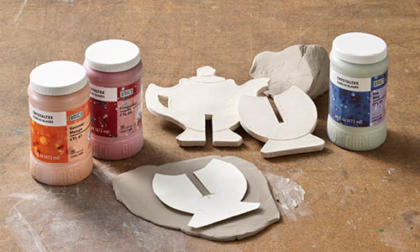
Getting your students involved and motivated to try something new can be tough. But these tips for working with the tab and slot method can help prevent frustration and make the process more engaging.
- Have students brainstorm and research teapot images, highlighting the pot’s features that catch their attention and why.
- Ensure the slots are slightly larger than the tabs so the pieces fit together. This will allow the completed project to stand independently.
- Encourage students to add details to their initial plan or template. Consider color choice and any cultural references in the design before construction.
- After the art has been fired, give students space to present their finished work and explain the meaning behind their creative choices to the other students.
More Ceramics Art Lesson Plans
The hands-on nature of ceramics makes it a student favorite. We have lots of ceramics lesson plans to inspire your students to create! Stop by the online store to buy all the ceramics tools and clay you need and browse through our other ceramics lesson plans below.
Share Student Artwork
We love student art! Give students an opportunity to shine by submitting their artwork for our monthly art contest. Artwork from students of all grade levels is eligible, and the online submission process is simple!

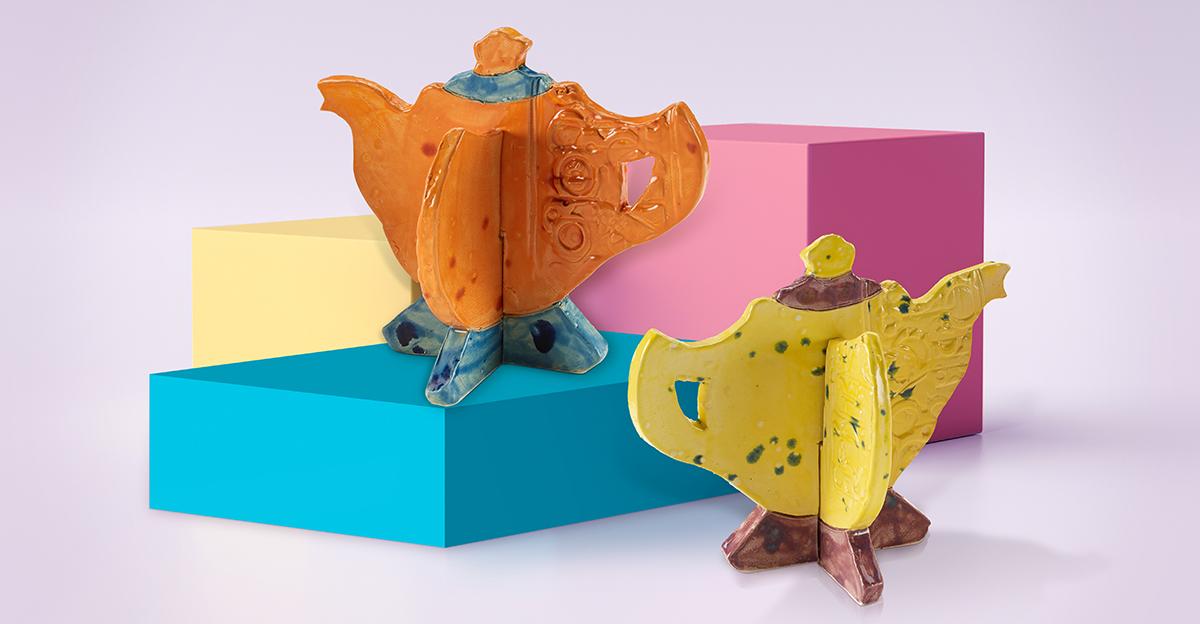

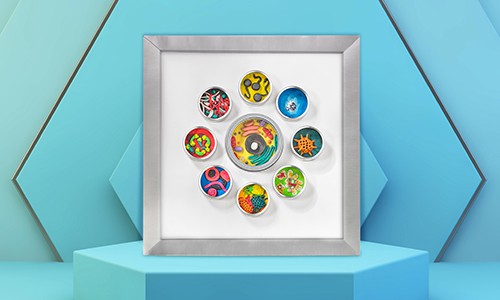
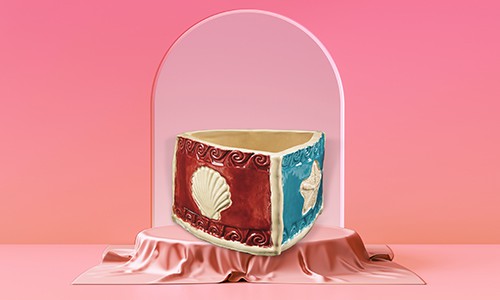

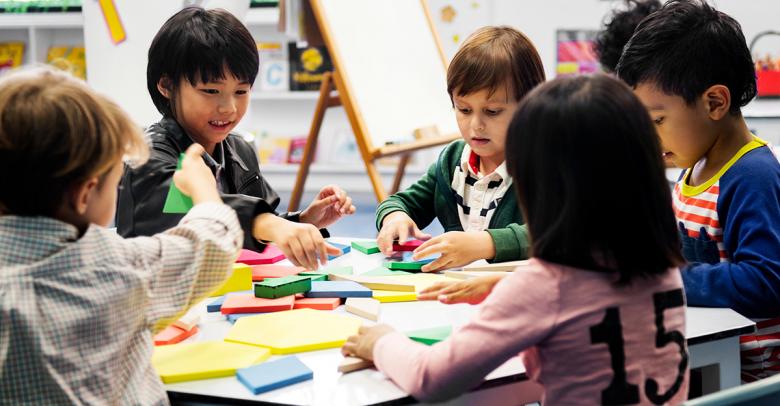
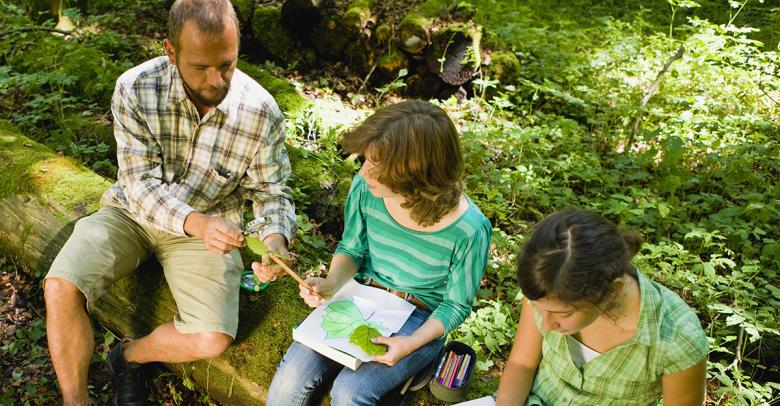

Leave a Reply